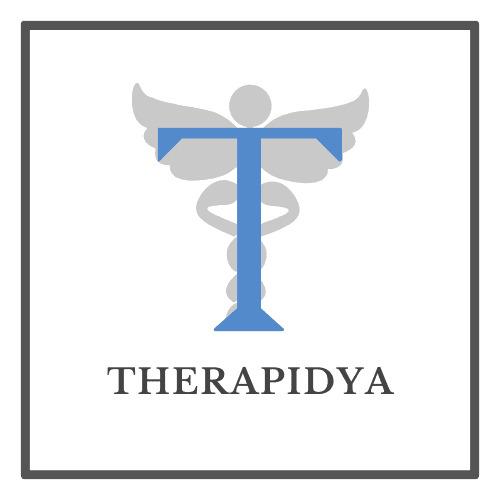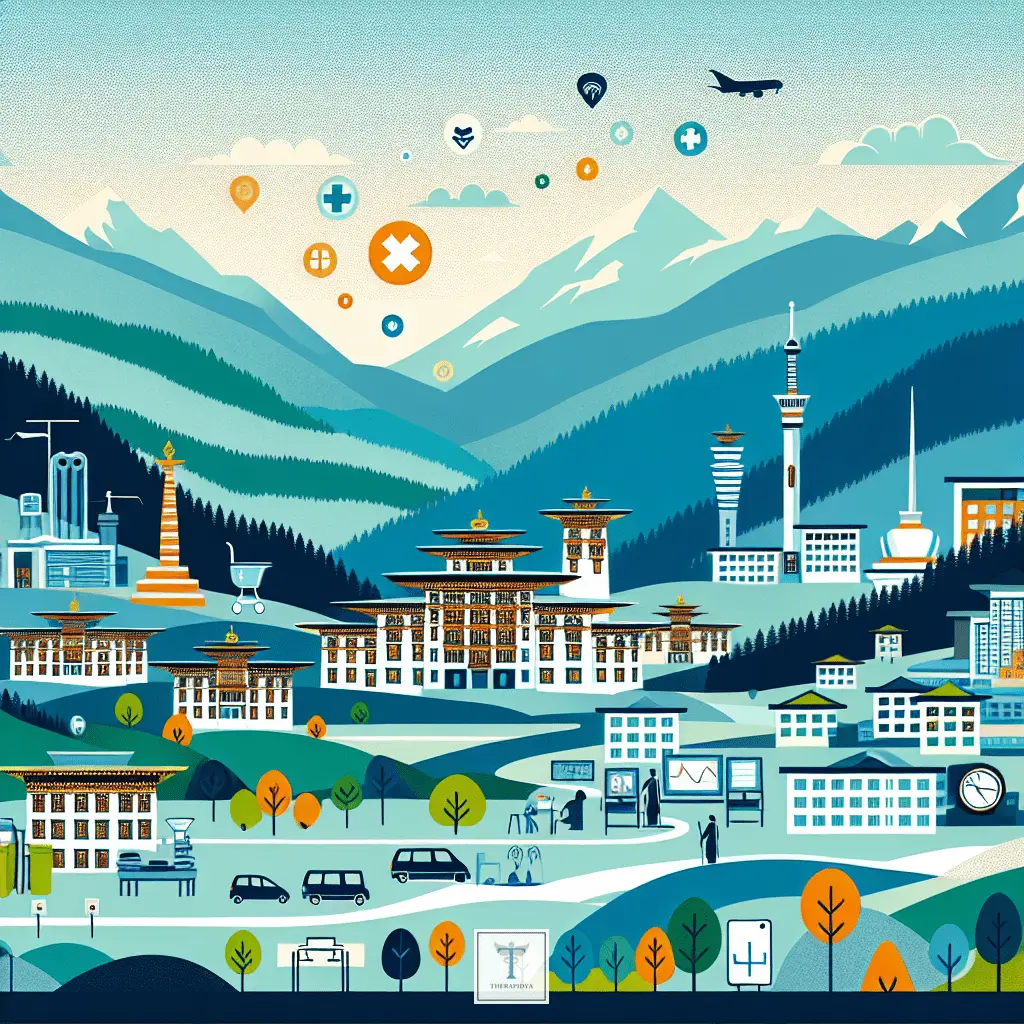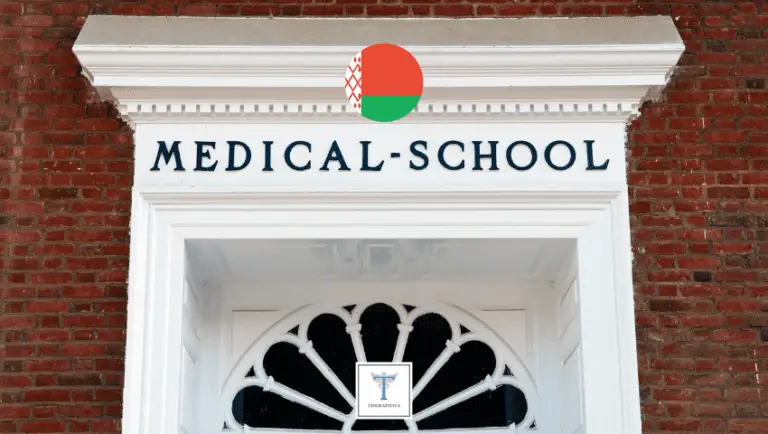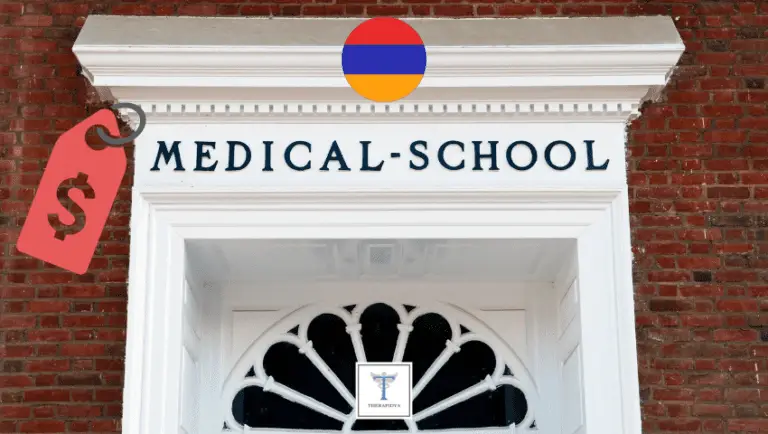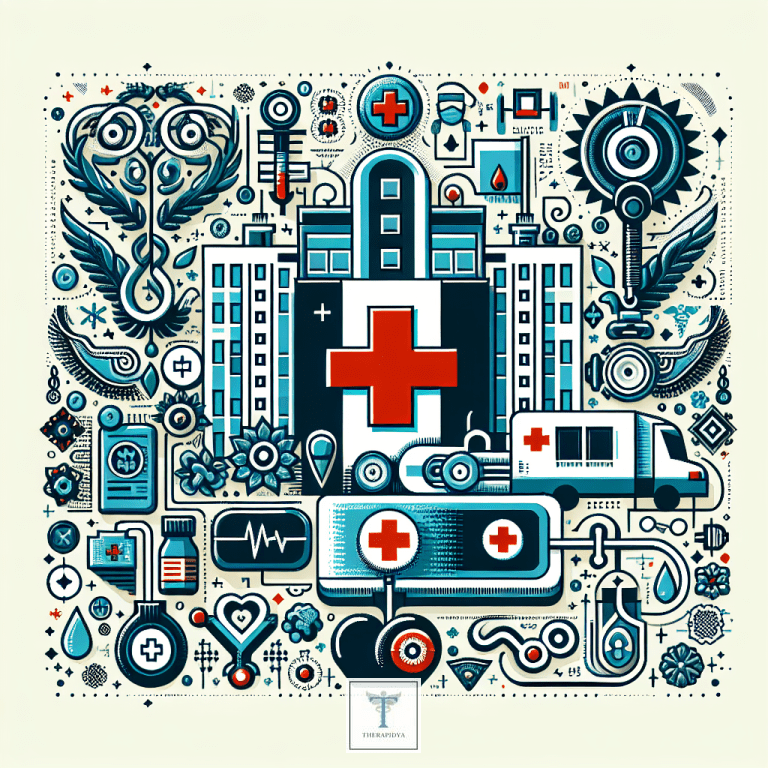Healthcare System in Bhutan | Universal Coverage | Traditional Medicine Integration | Full Guide 2024
The Bhutanese Healthcare Tapestry: Universal Coverage and Ancient Wisdom
In the serene valleys and rugged terrains of Bhutan, a remarkable narrative continues to unfold—a tale of a national healthcare system which embraces modern medicine while upholding its ancient healing traditions. Like the mythical Thunder Dragon that symbolizes Bhutan, the country’s healthcare system is both powerful and mystical, providing a unique blend of universal modern healthcare coverage with the integration of traditional Bhutanese medicine known as “Sowa Rigpa.” Let us journey through the intricate weave of Bhutan’s healthcare landscape, exploring its commitment to both preservation and innovation.
The Pillar of Universal Coverage: A Commitment to Welfare
Bhutan’s philosophy of “Gross National Happiness” extends far into its approach to healthcare, with universal coverage serving as a cornerstone of this vision. Access to healthcare in Bhutan is a right, not a privilege, ensuring that every Bhutanese citizen can avail medical services without the fear of financial hardship. This small Himalayan kingdom has made significant strides in improving the health and well-being of its people, offering a remarkable example of healthcare as a manifestation of compassion and equality.
- Free Healthcare Services: Bhutan provides free medical treatment to all its citizens—a commendable feat for a country with limited resources. This is made possible through government funding and international aid, ensuring that from the young child in Thimphu to the elderly farmer in a remote village, all have access to care.
- Health System Infrastructure: The government has invested in the construction of hospitals, basic health units (BHUs), and outreach clinics, also known as “Outreach Clinics” (ORCs), to make healthcare accessible even in the most distant hamlets.
- Healthcare Workforce Development: Aspiring healthcare professionals are supported through scholarships and training programs, both within Bhutan and abroad, to bolster the workforce with skilled personnel, ensuring the sustainability of healthcare services.
The Ancient Art of Sowa Rigpa: Embracing Bhutanese Heritage
Sowa Rigpa, which translates to the ‘Science of Healing,’ is an ancient system of medicine that has been practiced in Bhutan for centuries. This traditional form of medicine is perceived not as an alternative but as a complementary system, integrated with Western medical practices, offering holistic care that addresses the physical, mental, and spiritual well-being of individuals.
- Recognition of Traditional Medicine: The Royal Government of Bhutan officially recognized traditional medicine in 1967, with the establishment of the National Institute of Traditional Medicine. Sowa Rigpa has since become an integral part of the national healthcare system.
- Educational and Training Institutes: There are institutions dedicated to the study and practice of traditional medicine, where students learn about herbal medicine, acupuncture, and ancient therapeutic techniques, ensuring the legacy of traditional healing continues.
- Herbal Medication Production: Bhutan is rich in medicinal plants, and the government supports the sustainable use of these resources. The Pharmaceutical and Research Unit under the Institute ensures that traditional medicines are prepared according to age-old formulas and are made available across the country.
The Harmony of Systems: Integrating Traditional and Modern Medicine
The Bhutanese healthcare system is not just dualistic in nature; it’s synergistic. Modern hospitals in Bhutan coexist with traditional medicine units, each complementing the other and offering more comprehensive care to patients. Healthcare practitioners from both systems collaborate, referring patients to one another based on the nature of the illness and the needs of the patient. It’s a unique dance of wisdom—old and new—choreographed with the health of the people in mind.
Challenges and Future Endeavors
While Bhutan’s healthcare system is commendable in many aspects, it isn’t devoid of challenges. The rugged geography of the landlocked country sometimes hinders accessibility, and there is a constant need for enhancing healthcare worker skills, addressing non-communicable diseases, and adapting to an aging population. Moving forward, Bhutan aims to address these challenges by:
- Increasing Investments: Bhutan plans to invest in infrastructure, such as better roads and telemedicine facilities, to bridge the gap between remote areas and healthcare services.
- Strengthening Human Resources: Continued emphasis on education and training of healthcare providers will ensure the availability of skilled professionals to meet the evolving health needs of the nation.
- Incorporating Technologies: Adoption of health information technologies and electronic medical records will streamline patient care, making it more efficient and integrated.
Conclusion: The Heartbeat of Bhutan’s Healthcare
The unique storyline of Bhutan’s healthcare system is one that is intricately woven into the socio-cultural fabric of the nation. It is a tale of dedication to universal healthcare, respect for ancestral healing practices, and forward-thinking integration strategies. As the world looks ahead to 2024, Bhutan’s healthcare model serves not just as a system to be studied but as a beacon of hope and heart, wherein the threads of tradition and innovation are bound together to ensure the health and happiness of its people. In the serene kingdom where happiness is a place, healthcare, too, is a journey—a journey walked hand in hand with every citizen, guided by the wisdom of the past and the promise of a healthier tomorrow.
